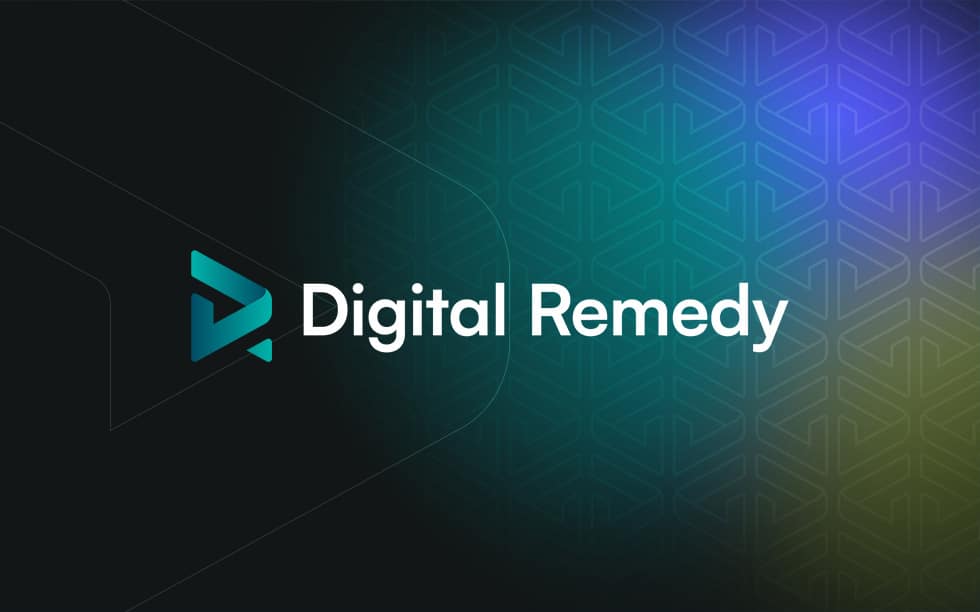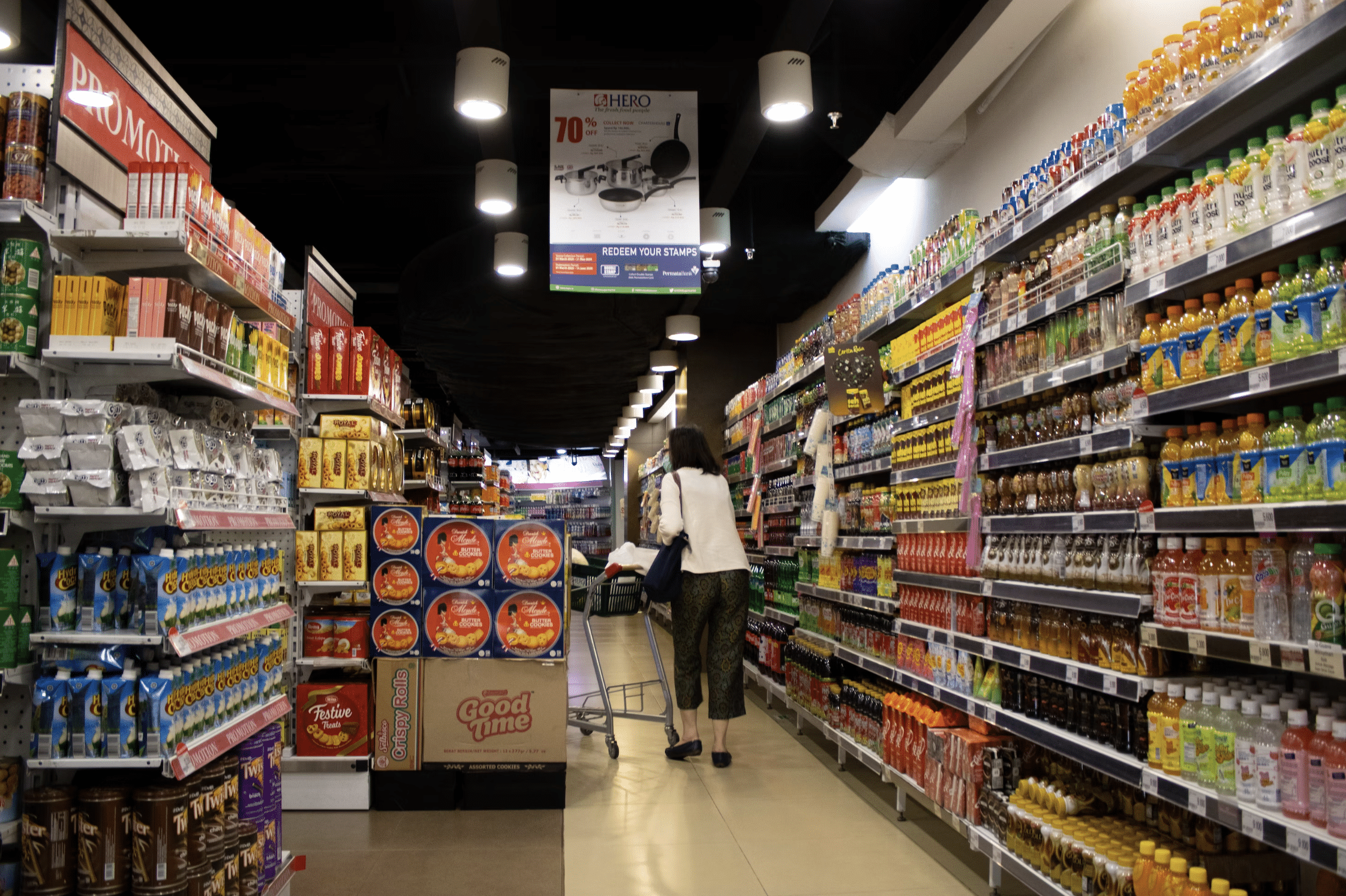Feb 11, 2019
The start of a new year is always a good time for reflection. Looking back, the advertising industry kicked off 2018 with a lot of predictions, and though they may not have turned out as planned, they did open the door for new opportunities in 2019. Last year, the industry had a renewed focus on…

The start of a new year is always a good time for reflection. Looking back, the advertising industry kicked off 2018 with a lot of predictions, and though they may not have turned out as planned, they did open the door for new opportunities in 2019. Last year, the industry had a renewed focus on transparency and credibility within news and social networks. While this was not unexpected, marketers quickly responded as consumers placed a more intense focus on sites with a higher value of credibility, spending on sites with more trust in the digital supply chain. In 2019, we’ll see how brands continue this shift towards more personalized campaigns, while still keeping a close eye on ROI. Here, we take a look back at what the industry had anticipated from 2018, and use what we know now, to break down some of the tools and technologies driving greater transparency, credibility, and personalization in the year ahead.
Prediction: Mobile first…then everything else!
While the 2018 mobile prediction was based accurately on the consumer preference of mobile for everything, 2019 will see a twist. Mobile ad spend is expected to reach $93 billion in 2019, and consumers will use their mobile devices in new ways. However, with users trying to limit their screen time, the opportunity for video and audio advertising, via mobile, will increase with the aim to grab an audience’s attention in a short amount of time. Hands-free search, a growing comfort with personal assistants, and emerging augmented reality (AR) tools will also pave the way for audiences to rely on digital assistants to make purchases through their phones.
Prediction: Video ads will become more important
This prediction was the most spot-on. Although video was a growing channel, OTT/CTV gained much more momentum this year with advertisers looking to find “TV like” inventory. What will be interesting as we move into 2019 is how the advertisers will view the quality of the OTT/CTV channels as they begin to favor audience targeting and exposure metrics over verification. In 2018, the focus was on finding inventory. In 2019, the shift will move toward the quality of the inventory itself, as brands seek valuable engagements as well as transparency. For example, there is a new provider with a “slow TV” channel which features trains running on tracks. A tier 1 auto dealer might not be too happy to know they are paying high CPMs to run on that type of inventory.
Prediction: Transparency gets serious
Although transparency and ad fraud saw improvement in 2018, it wasn’t as significant as we expected. During the IABALM, Unilever CMO Keith Weed described the digital environment as a “swamp” that needed to be cleaned up, but one of the barriers to the clean-up is universal adoption of KPIs. In 2019, we will witness new digital tools with automated workflows and AI-driven metrics which result in transparency and crackdowns of fraud and questionable content. Quality metrics will give advertisers a better picture of performance and build an alliance between measurement and business goals that can finally drive credible ROIs. The ability to drill down into inventory comparisons may cause advertisers to favor a decrease in performance in favor of top tier sites.
Prediction: Go native and embrace social
Investment in native advertising increased as brands continued to see value in establishing a community, and we can expect to see the formats and types of native advertising start to diversify in 2019 as brands move to focus on the customer’s unique purchasing journeys and advertisers broaden their offerings. Social networks make it easier for brands to establish a community, making it possible to expand reach to similar target audiences. 2018 showed us the risks of social media, with bots and fake accounts that lead to equally fake results. Programmatic makes it possible for marketers to not only take control of their digital spend, but also gives them the ability to maintain control of their own data. Data drives valuable insights that can be used to improve ROI. Running parallel with native advertising is the need to invest in better content that drives clarity and personalization.
Prediction: Ignore GDPR, if you dare.
In 2018, GDPR brought consumers more confidence and helped the industry weed out non-credible traffic. At the same time, the quantity of the data being collected decreased, but the quality increased, which will continue to provide benefits to marketers moving forward. Transparency in how customer data is being collected, used, and how long it is maintained, adds a layer of trust between advertisers and consumers. Compliance with industry regulations, and higher quality data, enhances a brand’s ability to target and personalize, ultimately improving the overall campaign performance. This creates an opportunity to deliver meaningful content and marketing programs to consumers.
Prediction: Machine Learning and AI
While 2018 predicted machine learning would help human moderators remove content, 2019 will see the opposite effect. With its ability to target personalized content around audiences in real-time, brands will be able to discover high-performance segments and reach them with customized content, delivered at the right time. Dynamic Creative Optimization (DCO) is an AI-based display ad technology that provides personalized ads based on viewer data. DCO continuously gathers new information so campaigns are optimized in real-time, improving the targeting throughout.
Though there is no way to ever know what really lies ahead as a new year begins, especially in the world of digital advertising, the challenges and developments we saw in 2018 are certainly serving as a compass for what we can look forward to in 2019. What were some trends from 2018 that surprised you? And what are you looking forward to in this year? Share your thoughts and start a conversation by following us on Twitter and LinkedIn.
Related Posts

In today’s ever-evolving digital landscape, effective marketing strategies demand innovation and precision. YouTube TV advertising has emerged as a.

The consumer packaged goods (CPG) industry is elbowing through a tight market. Between pressing supply chain challenges, shifting shopper.

The age-old maxim of “think globally, act locally” isn’t just embraced by marketers for local mom-and-pop businesses. Today, massive.